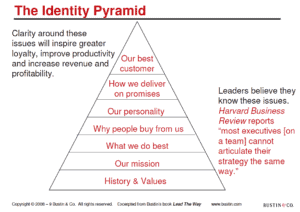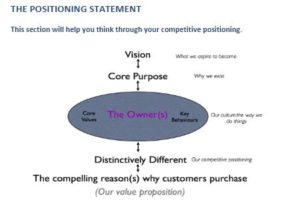As the business landscape constantly evolves, understanding where your company stands on its business growth journey is crucial for shaping future strategies. In a recent business survey, we asked 264 participants to assess their business’s growth stage. The results provide valuable insights into the diverse stages businesses find themselves in. Let’s delve into these findings and explore the implications for businesses at various growth stages.
-
Scaling: The Power of Momentum (54%)
With over half of the respondents indicating their businesses are currently scaling, it’s evident that many companies are experiencing significant growth and expansion. Scaling is an exciting phase that requires careful planning, resource allocation, and strategic decision-making. It’s essential for businesses in this stage to maintain their momentum while effectively managing risks and seizing new opportunities.
Insight: Scaling businesses should focus on streamlining operations, investing in scalable technologies, nurturing their workforce, and building strong customer relationships to sustain their growth trajectory. The CFO Centre can help by adding an experienced part-time CFO (Chief Financial Officer) resource to your team to help you plan and implement the right strategy for your growth goals.
-
Market Leaders: Maintaining the Edge (18%)
Being a market leader is an accomplishment that comes with its own set of challenges. These businesses have successfully carved out a substantial share in their respective industries. However, complacency can be detrimental. Market leaders must continuously innovate, adapt to changing market dynamics, and stay ahead of the competition while nurturing their existing customer base.
Insight: Market leaders should embrace a culture of innovation, invest in research and development, explore new markets, and consistently deliver exceptional customer experiences to maintain their edge in an ever-evolving business environment. Our part-time CFOs could be the edge you need to set you apart from your competitors – find out how.
-
Early Stage: Nurturing Potential (15%)
A significant number of respondents identified their businesses as being in the early stage. This stage is characterised by laying the groundwork for future growth. Early-stage businesses need to focus on refining their business models, building a strong foundation, attracting talent, securing funding, and establishing a solid customer base.
Insight: Early-stage businesses should prioritise market research, develop a compelling value proposition, build strategic partnerships, and leverage digital marketing tools to establish a strong foothold in their target markets.
-
Preparing for Exit: Strategic Transitions (9%)
Some businesses indicated that they were preparing for an exit. This stage involves strategic decision-making regarding potential mergers, acquisitions, or divestments. It requires careful planning, financial analysis, and alignment with long-term objectives to ensure a smooth transition.
Insight: Businesses preparing for exit should seek expert advice, conduct comprehensive due diligence, optimise their financials to ensure the best possible price, and identify potential buyers or investors who align with their strategic vision. The CFO Centre has helped countless businesses plan and execute profitable and smooth exits for our clients. Hear from one of them here.
Conclusion:
Understanding where your business sits on its growth journey is crucial for making informed decisions and charting a path towards success. Whether you are scaling, a market leader, in the early stage, or preparing for exit, each growth stage presents unique opportunities and challenges. To gain deeper insights into your business’s growth journey, consider taking the Scale-up & Exit Business Assessment™ by The CFO Centre. Or contact us on 1300 447 740 to find out how we could add significant value to your business.










